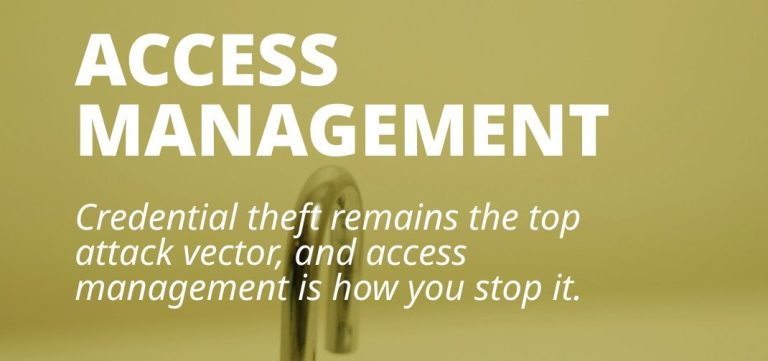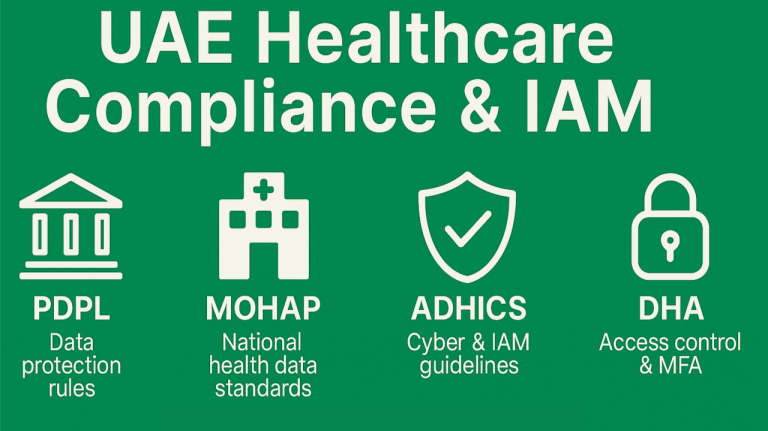How Much Does a Password Reset Really Cost a Company?
Cut 50–75% of reset tickets in 30 days with self-service and smart policy.
- A help-desk–handled Level-1 reset averages about $22 in direct handling; end-user downtime roughly doubles the real cost to ~$35 per incident.
- In a 5,000-employee firm with two resets per person per year, that’s ~$350,000 lost annually.
- Shifting to self-service password reset (SSPR) and SSO typically reduces reset tickets by 50–75%—and lowers breach risk tied to weak credentials.
The Hidden Bill Behind “Forgot Password”
Resetting a password isn’t free. Every manual reset consumes agent time and employee productivity. Industry benchmarks put a Level-1 help-desk reset at about $22 to handle. Add the time the employee can’t work, and the blended cost averages ~$35 per incident.
Now consider the scale. Roughly one-third of help-desk calls in many organizations are password issues—forgotten credentials, lockouts, expired logins. In a 5,000-employee company, just two resets per person per year equals 10,000 incidents. At ~$35 each, that’s ~$350,000 burned annually on something that should be routine and automated.
There’s also security. Stolen or weak credentials remain a leading entry point in breaches. Fewer manual resets and tighter password flows help reduce both likelihood and impact.
Why Self-Service Works (and Scales)
Two drivers determine your cost per reset:
- Help-desk labor
- Lost productivity
Automating the workflow slashes both. A fully automated self-service reset costs roughly $2—an order of magnitude less than agent-assisted. Organizations that launch SSPR and reduce the number of passwords via single sign-on (SSO) report sharp drops in ticket volume without adding friction for employees.
A 30-Day Practical Fix
You can make a measurable dent in a month.
Week 1: Foundations
- Turn on SSPR in your access portal/app (24/7 availability).
- Route “Forgot Password” traffic to SSPR first (portal, chatbot, IVR).
Week 2: Fewer Passwords to Forget
- Connect priority applications to SSO to reduce password sprawl.
- Pilot passkeys or OTP on corporate-managed devices.
Week 3: Policy That Prevents Tickets
- No forced periodic changes.
- No secret questions/hints.
- Require changes only on suspected compromise.
- Block weak/breached passwords.
- Allow copy-paste from password managers.
Week 4: Prove Value
- Track KPIs: tickets/week, avg. resolution time, cost per incident, % SSPR success.
- Publish internal guidance (60-second “how to reset” video + portal banner).
Why This Plays Especially Well in the Gulf
GCC organizations are often mobile-first and rely on a contractor ecosystem. Self-service with Arabic/English UI, passkeys/OTP on corporate devices, and full audit logs aligns with regional operating models and regulatory expectations—while reducing overhead on IT.
Quick ROI Math
Annual cost (manual):Employees × resets per person × blended cost (~$35)
After SSPR/SSO (50–75% reduction):Employees × resets × $35 × (0.25–0.50)
Example (5,000 employees, two resets/year):5,000 × 2 × $35 = $350,000 → save $175k–$262.5k per year.
Beyond the Quick Win: Build IAM/IGA on the Same Rail
Once SSPR and SSO are in place, extend the same portal to:
- Role catalog & access requests (with approvals and SLA).
- Joiner/Mover/Leaver automation so staff are “day-one ready.”
- Access reviews/certifications to trim standing privileges.
- PAM integration for admins and suppliers.
This turns a cost-cutting IT initiative into a governed identity program that strengthens security, compliance, and audit readiness.
How UDV Technologies Helps
UDV designs and implements SSPR, SSO, and IAM/IGA programs that deliver fast wins (30-day SSPR rollouts) and a roadmap to mature governance—tailored for GCC realities and multilingual workforces.
Let’s quantify your savings.
Book a short workshop with our identity team to model your reset volumes, expected reduction, and 12-month ROI—and leave with a 30-day plan.



